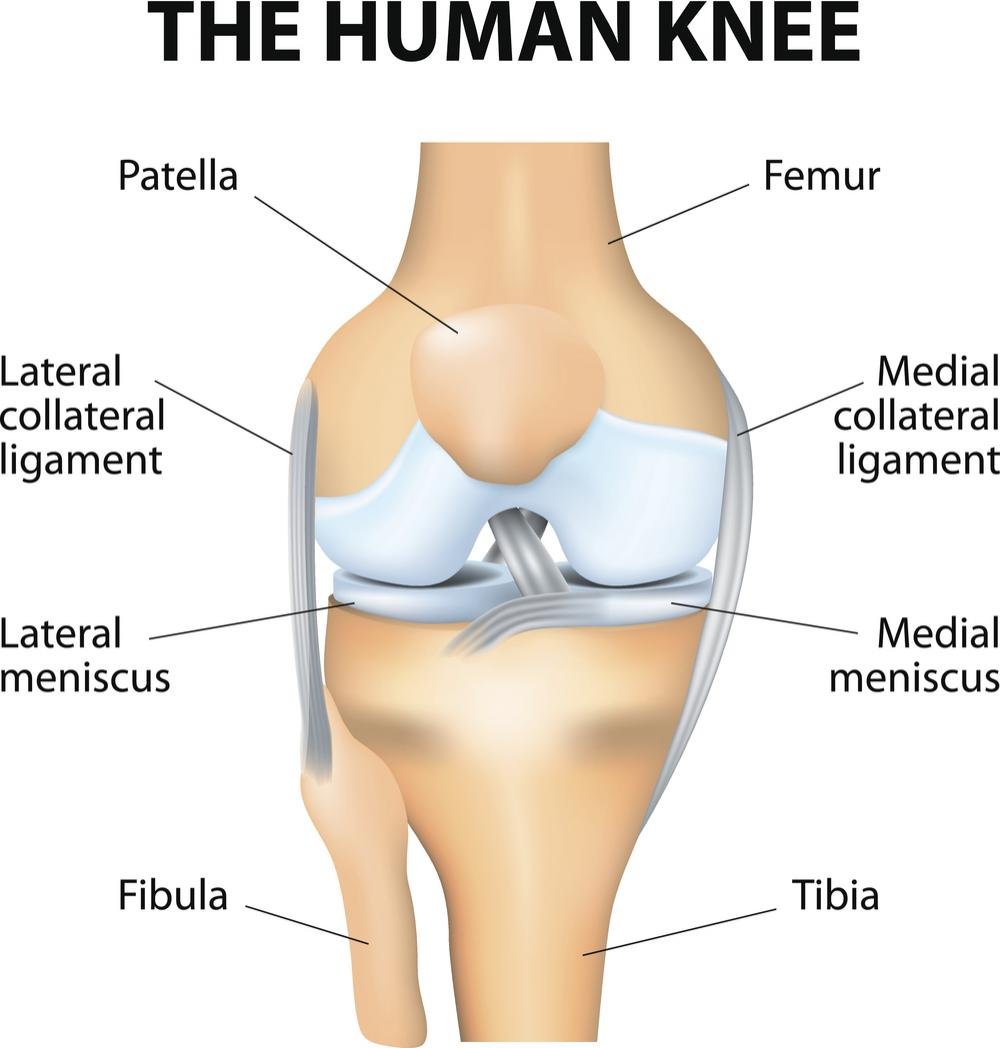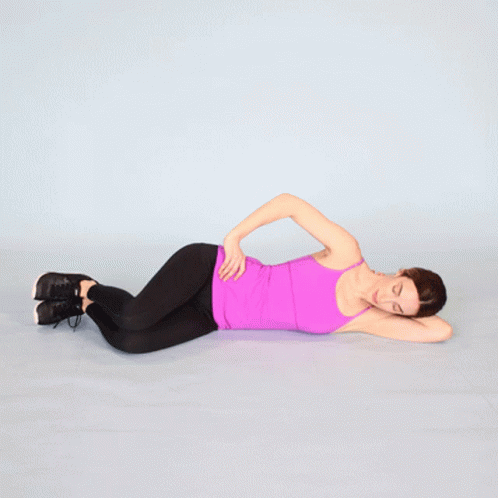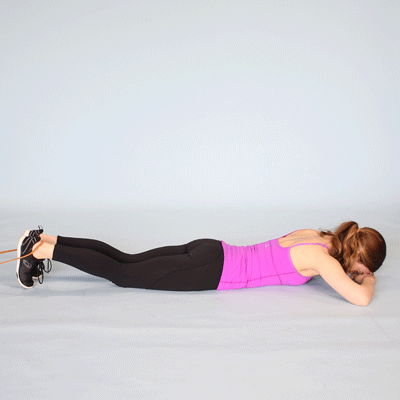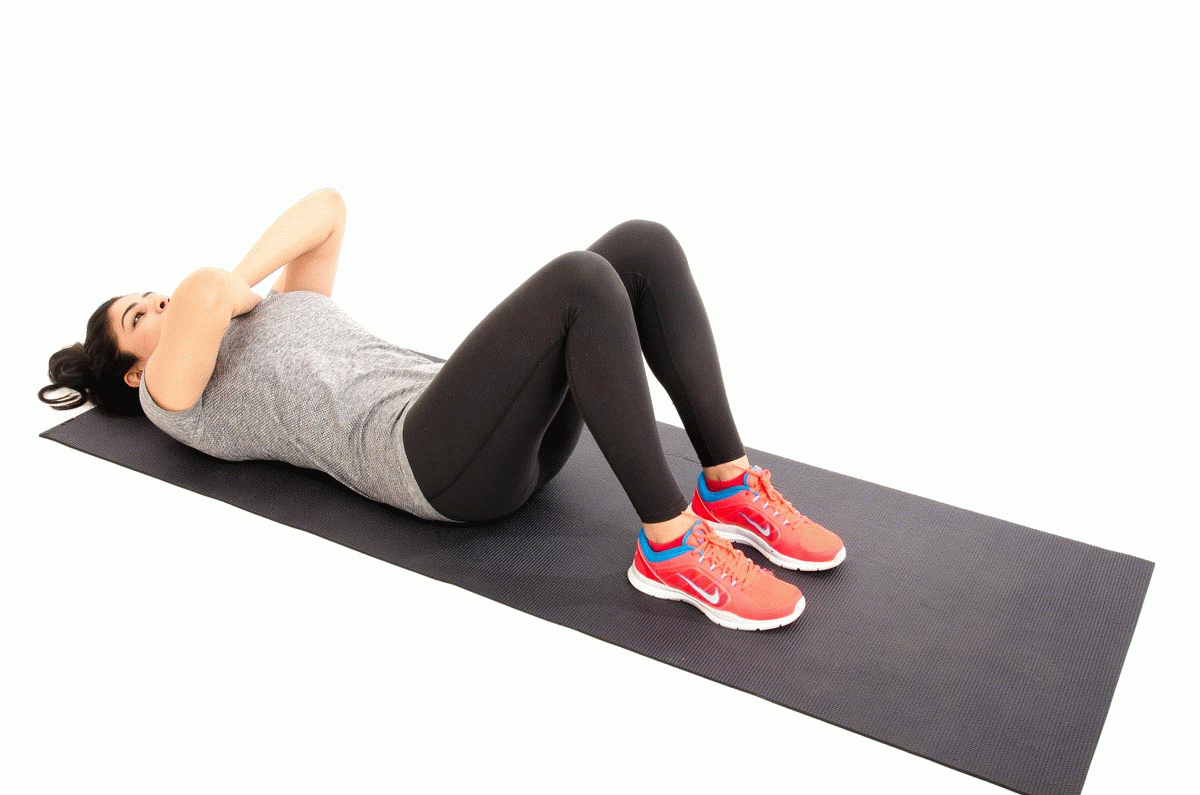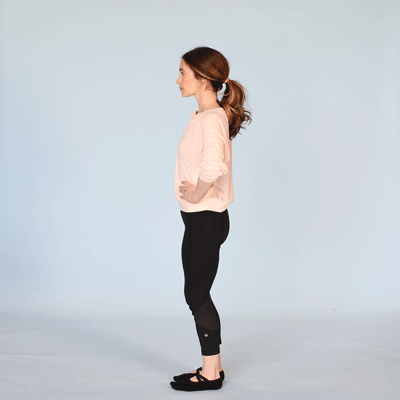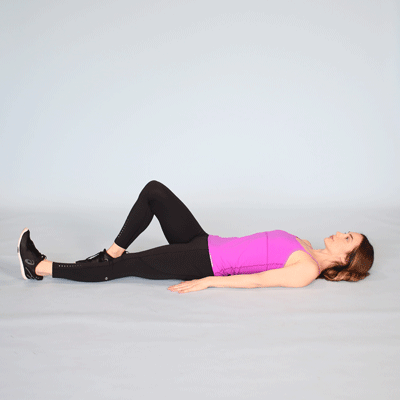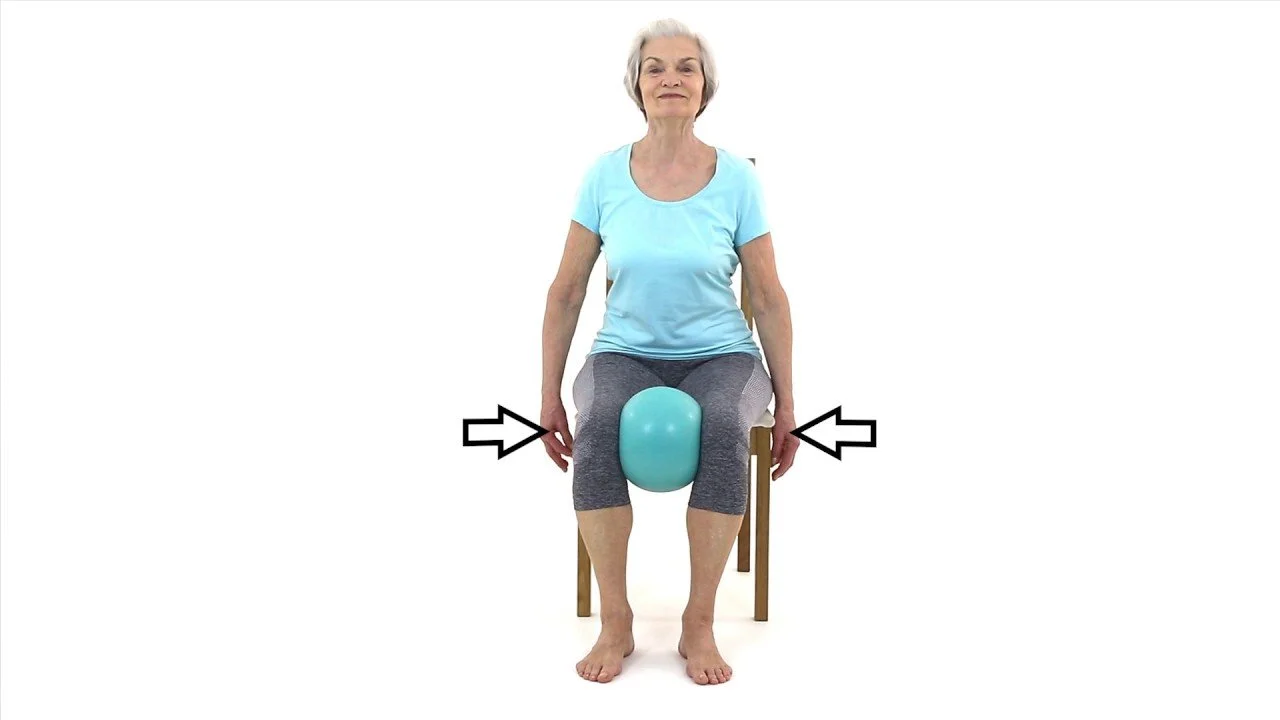15 Amazing Exercises to Strengthen Your Knees And How To Do Them Effectively
Strong knees are vital for maintaining an active lifestyle and preventing potential injuries. When completed under the guidance of a physical therapist, there are a range of knee exercises that can enhance joint stability, boost performance, and promote overall knee health. In this article, we explore 15 amazing exercises designed for the knees, plus how to perform them effectively for maximal benefit.
Understanding Knee Anatomy And Function
The knee joint is a complex structure composed of bones, ligaments, tendons, and cartilage. The joint enables flexion and extension while maintaining stability and support. The crucial components involved are the femur (thigh bone), tibia (shin bone), patella (kneecap), ligaments, and the menisci, which act as shock absorbers. All these elements work seamlessly together to enable normal movement and function, such as walking, running, jumping, and more.
When To Consult A Professional
Knee exercises should be tailored to suit each person’s needs and fitness level. Incorrect form or dysfunction can lead to unnecessary strain on the knees and increase the risk of injury.
Before embarking on any exercise regimen, it's crucial to get the proper advice on choosing the right exercises. A trained health practitioner, such as a physical therapist, can oversee the exercises to ensure knee safety and overall well-being, particularly those with a past history of or current injuries. For example, physical therapists are trained to prescribe exercises to target any areas of weakness or dysfunction. Physical therapists can also regress or change the exercise if there is any pain, discomfort, or unusual sensations during or after performing these exercises.
15 Amazing Knee Strengthening Exercises
Let's dive into 15 incredible exercises that a physical therapist may recommend to build and maintain strong knees:
1. Clamshells
Clamshells work on the hip abductor muscles, which play a role in knee stability. For this exercise, start by lying on your side with your legs bent at a 90-degree angle. Keeping your feet together, open your knees like a clamshell. Close them and repeat. Technique is key, so follow any specific corrections from the physical therapist.
2. Bridges
Bridges strengthen the glutes and hamstrings. For this exercise, start by lying on your back with your knees bent and feet flat on the floor. Lift your hips off the ground, creating a straight line from your shoulders to your knees. Form is important to avoid injury, particularly in the lower back. The physical therapist can help avoid this by monitoring the movement.
3. Wall Sits
Wall sits are an isometric exercise that strengthens the quadriceps. For this exercise, start by standing with your back against a wall and lower your body until your knees are bent at a 90-degree angle. Hold this position for a set duration. As a regression for pain or discomfort, the physical therapist may suggest a smaller range to 45 degrees.
4. Hamstring Curls
Hamstring curls target the back of your thighs. For this exercise, start without a weight, or use a hamstring curl machine or resistance band. Bend your knees and curl your heels towards your glutes. Slowly release back to the starting position. The physical therapist can advise on the starting weight for the best effect.
5. Seated Leg Extensions
If you have access to a leg extension machine, seated leg extensions are a powerful way to target the quadriceps. For this exercise, start by sitting on the machine. Adjust the weight at the direction of the physical therapist, and extend your legs until they are straight. Lower the weight back down.
6. Heel Slides
Heel slides are beneficial for increasing knee range of motion and flexibility. For this exercise, start by lying on your back, and slide one heel along the ground, extending your knee as much as possible. Slide it back to the starting position and repeat on the other side.
7. Calf Raises
Calf raises primarily focus on the calf muscles, which play a significant role in stabilizing the knee joint. For this exercise, start by standing with your feet hip-width apart. Raise your heels off the ground, lifting your body onto your toes. Lower your heels back down and repeat.
8. Leg Press Machine
If you have access to a gym, the leg press machine can be beneficial. For this exercise, start by adjusting the machine at the direction of the physical therapist, then push the weight away by extending your knees. Slowly bring the weight back down. Remember, patience is key as progress may be slow, but the consistent effort will yield positive results over time.
9. Straight Leg Raises
Straight leg raises target front thigh muscles that stabilize the knee. For this exercise, start by lying on your back and slowly lift one leg off the ground, keeping it straight. Lower it back down without touching the ground and repeat on the other leg. The physical therapist can help ensure the correct technique with this exercise, which is essential to target the correct muscles.
10. Partial Squats
Partial squats are a regression from bodyweight squats. Instead of descending into a full squat, stop at a midway point, keeping your knees at a 45-degree angle. This variation reduces the load on the quadriceps whilst still challenging knee strength and stability.
11. Squats
Squats are a fundamental exercise that engages the quadriceps, hamstrings, and glutes. For this exercise, start by standing with your feet shoulder-width apart. Lower your body by bending your knees. Rise back up to the starting position. If there is any pain with this exercise, the physical therapist may suggest regressing to a partial squat.
12. Lunges
Lunges target the quadriceps, hamstrings, and glutes. For this exercise, start by taking a step forward with one leg and lower your body until both knees are bent at 90-degree angles. Push back to the starting position and switch legs. To regress this exercise, the physical therapist may direct to move through a smaller range.
13. Hip Abduction
Hip abduction exercises are essential for building strong hips and enhancing knee stability. For this exercise, start by lying on your side with your legs straight. Slowly lift the top leg upward while keeping it straight. Hold for a moment at the top and lower it back down. The key to activating the right muscles is technique, and the physical therapist can correct any unwanted movements or positions.
14. Hip Adduction
Hip adduction exercises can help strengthen the hip muscles that connect to the knee. For this exercise, start by sitting in a chair with a ball between the knees. Slowly squeeze the ball to activate the inner thigh muscles. Gently release the tension to return to the starting position.
15. Step-Ups
Step-ups are an advanced exercise for strengthening the quadriceps and improving balance. For this exercise, start by finding a stable platform or step. Step onto it with one foot and bring the other foot up, then step back down. Repeat on each side. Note, the physical therapist may only recommend this for later stage rehabilitation or for higher fitness levels.
Preventing Knee Injuries
While strengthening exercises are essential for knee health, it's equally important to take precautions to prevent injuries. Overuse and improper training can lead to strain, so it’s essential to start gently and be consistent with any exercises.
Book Now
Stronger Knees For Better Health
Strong knees can be empowering, building confidence and helping people enjoy life to the fullest. Find better knee health with a physical therapist.


